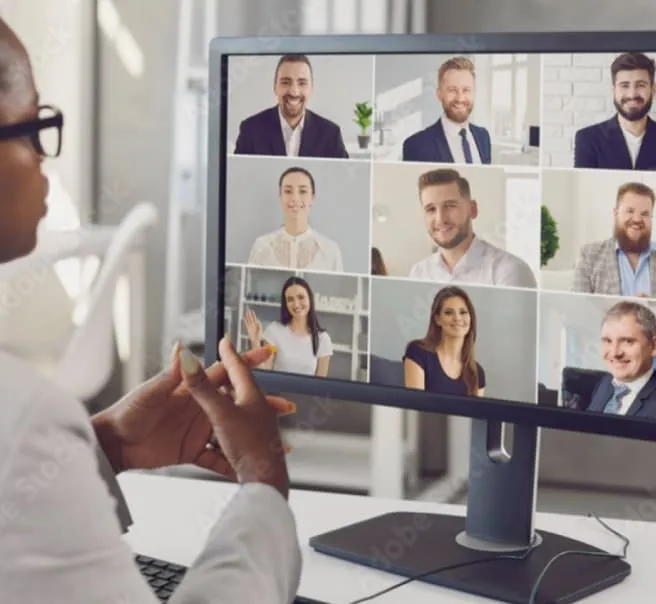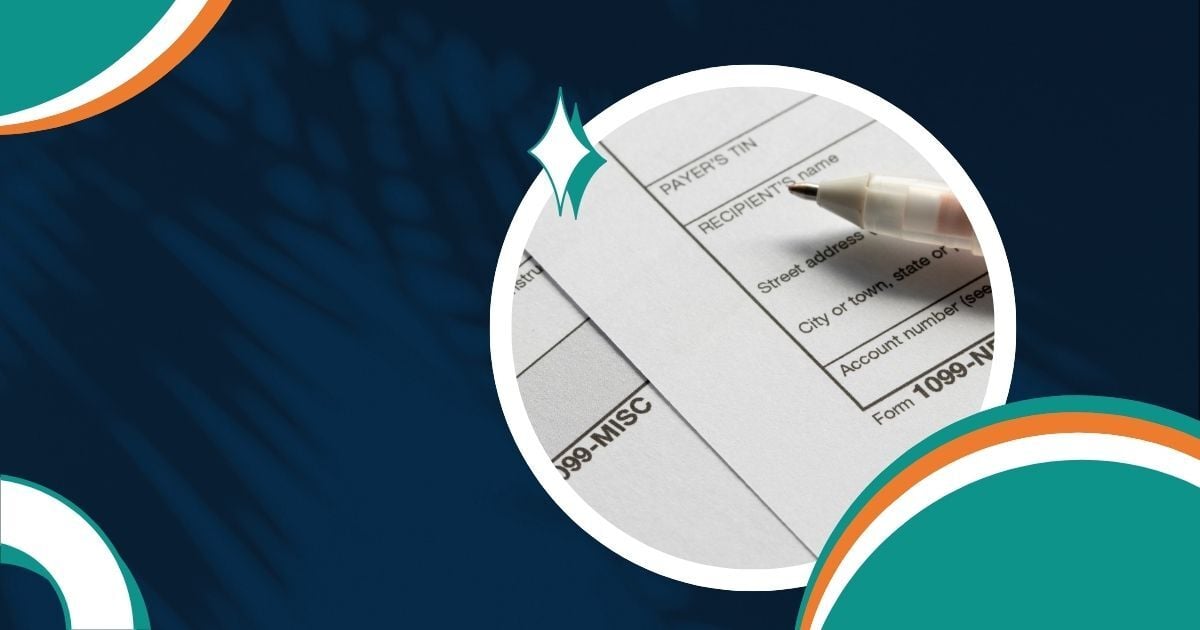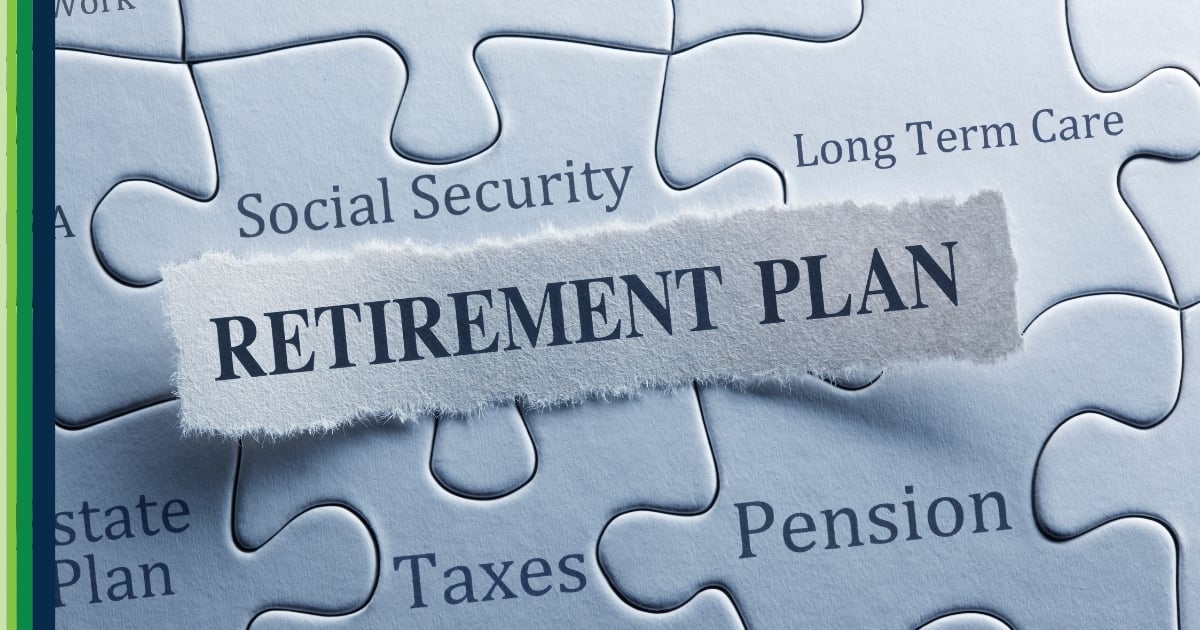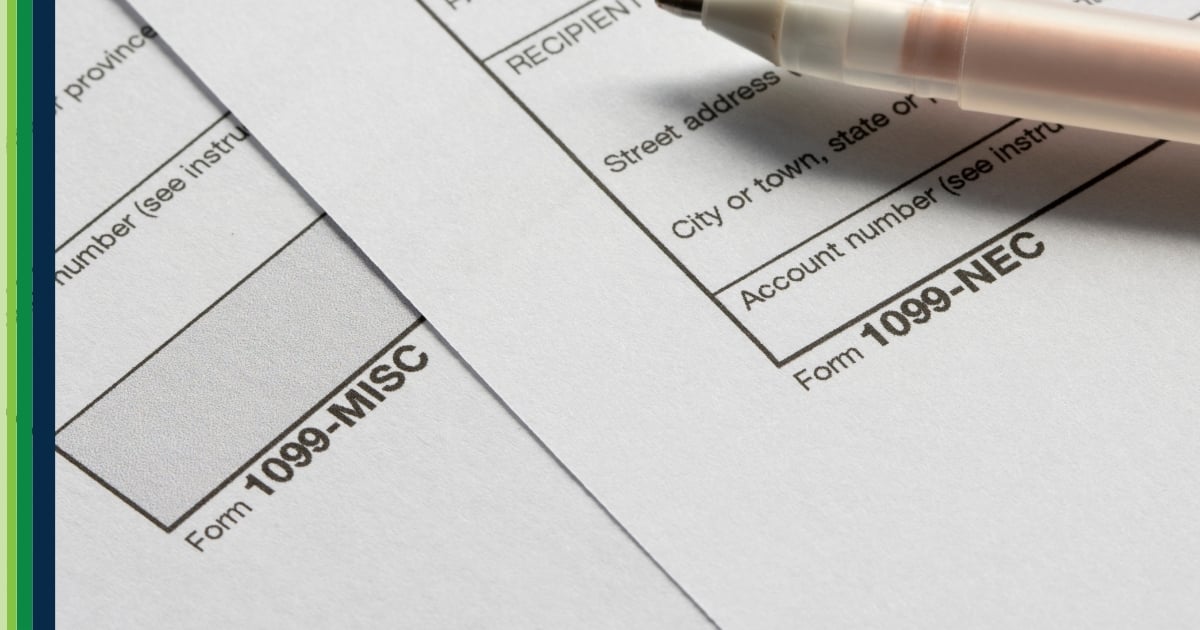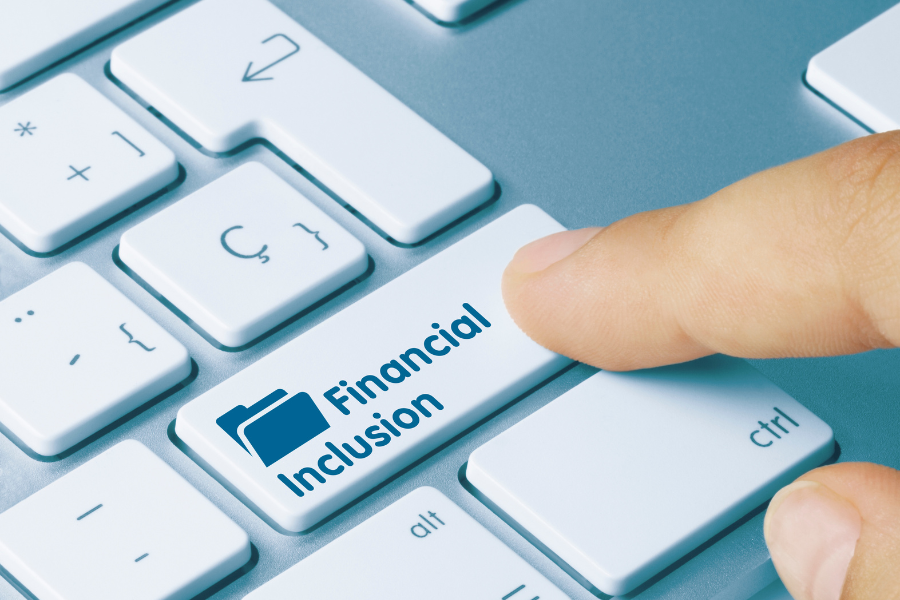Learn why financial inclusion matters for your business.
Table of Contents:
In the modern economy, a surprising number of individuals still lack basic financial services. According to the FDIC's estimation in 2021, about 4.5 percent of households are "unbanked," with an additional 14.1 percent falling into the "underbanked" category. These figures shed light on the critical issue of financial exclusion affecting marginalized communities.
The implications of being unbanked or underbanked extend beyond personal financial growth, impacting the ability to save, invest, and secure credit. Moreover, it poses logistical challenges for employers to distribute wages effectively and securely.
Let’s learn the importance of financial inclusion and explore alternative payroll methods to ensure that all your employees have access to their paychecks.
What is financial inclusion?
Financial inclusion is the commitment to making financial products and services accessible and affordable to all individuals, regardless of their socioeconomic status. This encompasses a wide range of offerings, such as banking services, payments, savings, credit, and insurance.
Why does financial inclusion matter for payroll?
Inclusive payroll practices are not just a matter of convenience; they are a cornerstone of social responsibility and employee empowerment. By offering diverse payment methods, businesses can ensure that all employees, especially the unbanked and underbanked, can receive their wages in a manner that suits their needs and promotes financial stability.
How can you offer financially inclusive pay options for unbanked workers?
When it comes to paying unbanked workers, limited options pose challenges. Traditional methods such as direct deposit are not viable options for these employees.
To offer financially inclusive options, your business can explore several alternatives that empower workers:
- Physical paychecks: Physical checks provide pay stubs and create a paper trail for record-keeping purposes. However, it's important to consider the costs associated with check cashing.
- Prepaid cards or paycards: These cards function like debit cards, providing employees with immediate access to their funds. However, according to labor laws, employers cannot require employees to accept paycards and must offer an alternative payment method.
- Deposits to digital wallets: Platforms like PayPal or Venmo can offer convenient payment solutions, though they may not provide the necessary documentation for business transactions.
The Greenshades Solution
Greenshades Software recognizes the importance of financial inclusion for all employees, including those without traditional banking services. As an HR and payroll solution provider, we offer various options to accommodate every employee's situation.
Pay your employees on their terms with options including:
- Direct deposit: Your employees can conveniently receive their wages directly into their bank accounts.
- Check printing and delivery: Let us handle the printing and delivery process for you if you prefer to provide physical checks.
- Paycards: Through our partnership with Branch, employees can sign up for a paycard within seconds through our Green Employee platform. They will then receive their wages via the mobile-first Branch Application or a Branch Card.
Greenshades is dedicated to simplifying payroll and HR, making it more accessible and efficient for your business. Discover the full benefits of our services and request a demo today!












